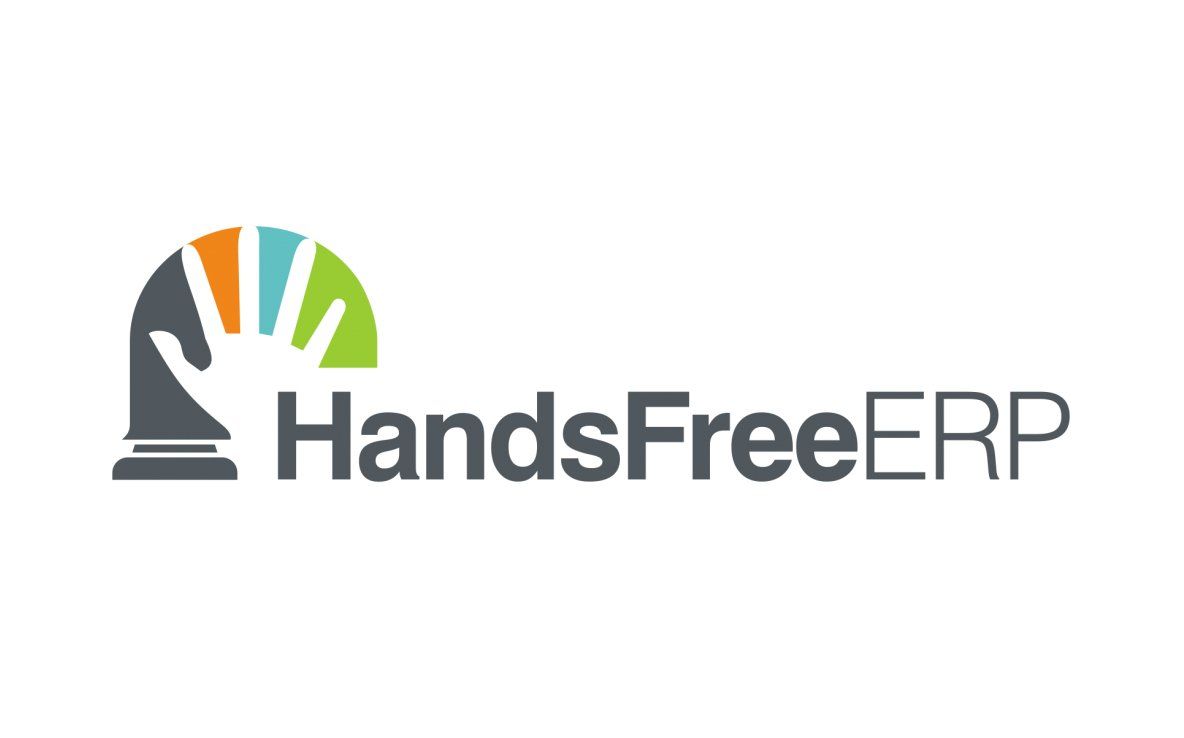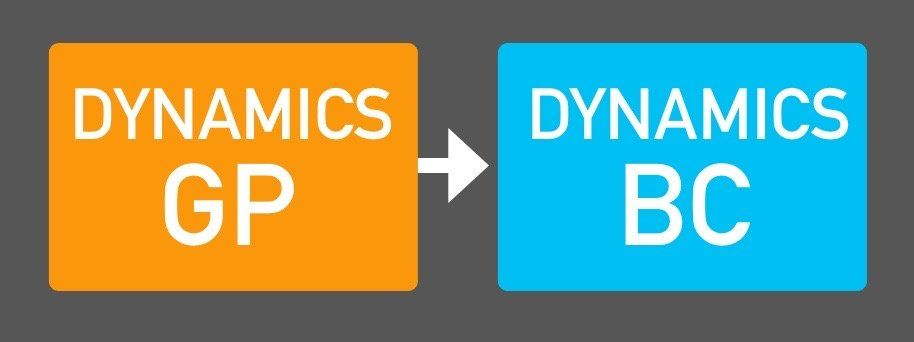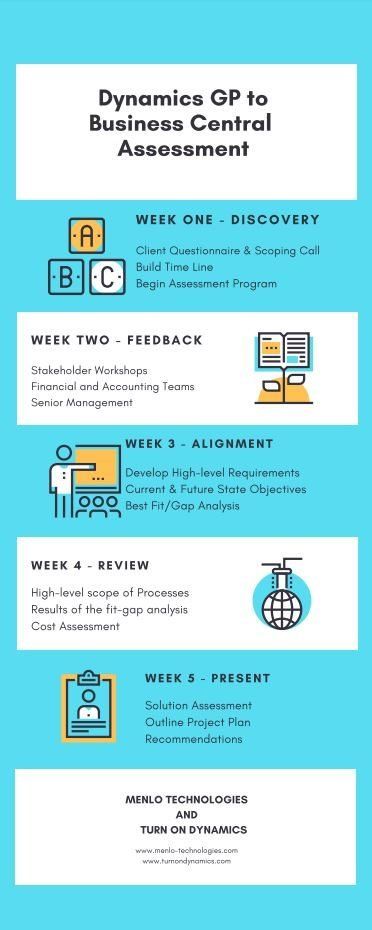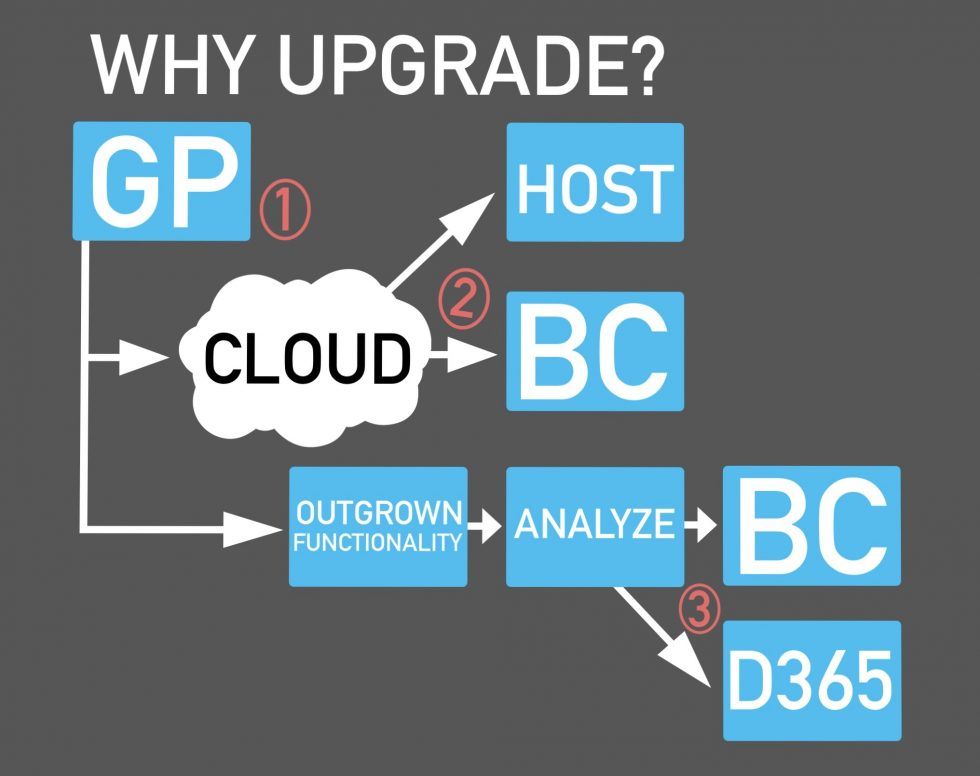Microsoft Dynamics AX to D365 Upgrade Journeys, PART 9: AXSMB’S
EPISODE 9: AXSMB’S
Microsoft Dynamics AX to Dynamics D365 for Finance and Operations upgrades are complex and expensive. This presents a problem for those small and medium sized companies that implemented AX because they required the advanced functionality of an enterprise platform. The cost and complexity for an upgrade is a particularly difficult challenge for this group of companies.
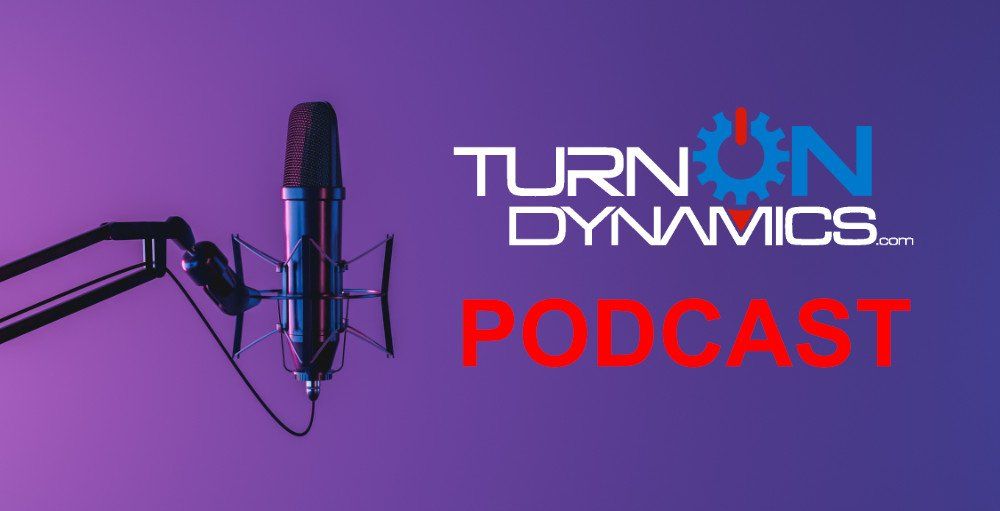
STUCK IN THE MIDDLE? EXAMINING THE TYPICAL AXSMB’S ERP LIFE-CYCLE
The typical life-cycle of a business sees it implement three ERP systems. QuickBooks, an “Upgrade” to QuickBooks and finally a “Real” system. This is at least one, if not two systems too many.
Over the last decade an “AXSMB” was the term used for that special class of company that had “champagne requirements but a beer budget.” These were companies that would have loved to be on QuickBooks or Dynamics GP based on their budget. However, because of sophisticated business requirements that could only be met with an enterprise-level ERP solution, bit the bullet and made the investment to step up to Microsoft Dynamics AX.
From a strategic standpoint, I always talk to my clients about the real cost of a software implementation. My favorite quote from such a client was, “We did not make this investment for who we are as a company today but who we plan to be in the future.”
THE TRADITIONAL PATH
The typical reason for following the traditional ERP system trajectory is cost. However, I see that as being shortsighted and self-defeating for an individual company as well as an industry. The direct costs of ERP software and the implementation services are only the tip of the iceberg. The real cost also includes the time and effort to implement—and then re-implement the system later. That does not consider the lost opportunity costs of systems that restrict growth and provide poor information in the meantime. A typical ERP implementation is a long and exhausting effort that no one undergoes for fun or vanity.
There is a predictable lifecycle for ERP that any growing company recognizes:
- The Startup or QuickBooks phase
- The “we are torturing QuickBooks” phase, a.k.a. “Let’s move to a mid-market solution such as Dynamics GP”
- The “we went from being a ‘company’ to an ‘enterprise’ and need an ERP platform like Dynamics AX” phase
While it may be true that the licensing cost for an enterprise-level ERP solution looks daunting to a growing company looking to upgrade from QuickBooks, the fact is that it may be dramatically more cost-effective if analyzed in terms of opportunity costs:
- The lost growth in business reflected by an ERP solution that does not serve as a strategic tool
- The real cost of doing another software upgrade when the software cost is deemed to be acceptable for a true Enterprise level platform
Over time, some of these AXSMBs have grown into their AX implementations because of business expansion and growth that they were ready to execute on thanks in part to their enterprise-level ERP solution. The companies that have not experienced the type of growth that would have justified the cost of maintenance and upgrades find themselves in a tricky situation. Especially those with heavily modified systems.
PICKING THE RIGHT UPGRADE PATH
For smaller AX customers, the struggle is one of picking the right upgrade path:
- Do nothing until the current software becomes inoperable?
- Switch to a new ERP solution.
- Stabilize on the latest version of AX. Port modifications or hope that the latest and greatest version can meet your requirements.
- Upgrade to D365FO with a commitment to go “vanilla.”
- Bite the bullet and upgrade to D365FO with an upgrade of your existing customizations.
The costs of upgrades are especially high for smaller companies with extensive requirements. The task of estimating the number of deprecated objects can be daunting if you fall below the 150-user threshold required to have a dedicated Microsoft solution architect work with you during an upgrade to Dynamics 365 for Finance and Operations. Or you may not want to make the investment in the 20-user minimum D365FO license to use the tools provided in LCS.
Regardless of the ultimate decision, one fact is clear: champagne requirements on a beer budget often lead to painful business decisions when it comes to the AXSMBs.
The post Microsoft Dynamics AX to D365 Upgrade Journeys, PART 9: AXSMB’S appeared first on turnondynamics.com.
